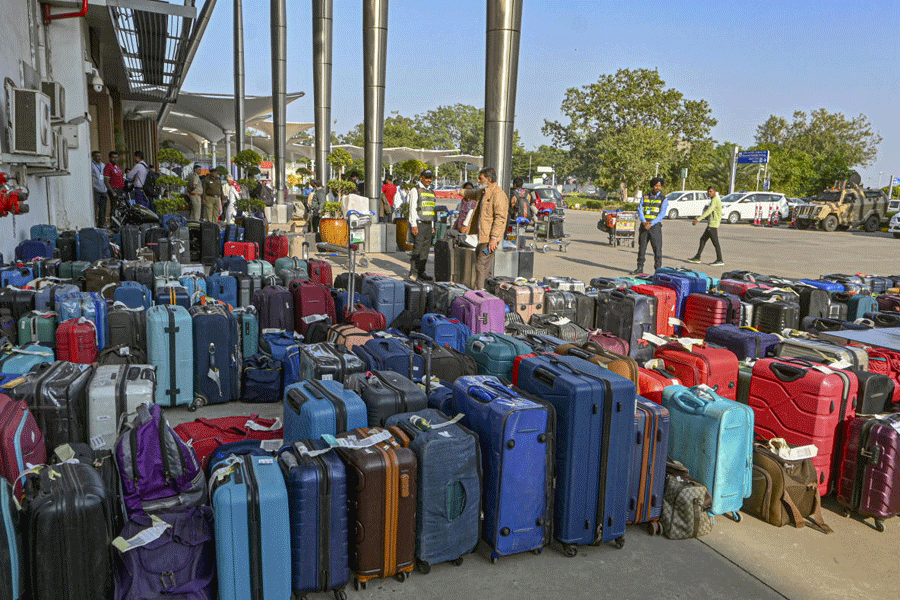They better not cry, they better not pout, ’cause Santa Claus is coming to town. In a world filled with uncertainties in a year of sea change in their lives, the World Health Organization has assured children that Santa Claus is immune to Covid-19 and will be delivering gifts like he does every year. It further added that Santa is not bound by travel restrictions. Cynical adults may see red at this — not because the portly, jovial old man in a red dress brings goodies only for children. ‘What business does a scientific-minded body like the WHO have, certifying the existence of a man flying around the world in a sleigh led by reindeers in this Age of Reason?’ could be their query. The rational world, after all, has held myths in contempt. Plato, consumed by his admiration for logos, dismissed myth as old wives’ tales. Rousseau measured the progress of the arts and sciences with the thermometer of reason. This tension between myth and reason has intensified further with the advent of modernity, wherein fantasy and the fantastic are looked down upon for being antithetical to science.
Yet Santa Claus has survived Plato and Rousseau. Several surveys show that more than 80 per cent of children around four years of age continue to believe in the existence of a man who, his long years notwithstanding, remains ageless. Indeed, Santa’s endurance explains why myths endure. For these stories and their creatures are meant to be a balm on a primal human anxiety — the uncertainty that is the result of an ever-changing world. Hearteningly, the WHO has realized that during a year that changed the world — a vector has shut down schools, kept friends at a social distance, made adults moody — the unfailing arrival of Santa Claus can soothe children who can neither grasp the reasons for these transformations nor fully express their fears. Even rationalists and therapists have lauded the WHO’s ingenuity in tapping into the potential of myth to act as a salve on children’s fears. Studies have shown that a majority of children across the globe are experiencing loneliness and anger on account of the disintegration of familiar social institutions such as a large, supportive family. Their separation from, or loss of, grandparents may have amplified their troubles. The stuffed stockings this year would bring not just joy but also reassurance.
India has a rich history of myths that offer a healing touch in divisive times. But the growing chasm between myths and rationality as well as the regressive political practice of dividing people through toxic mythology have led to a perception that myths are meant to lead societies astray. But there could be a case to argue that the vilification of myths is made possible because of their misinterpretation as an inferior form of reasoning. Unadulterated reason is being neutralized by social neurosis: otherwise, the dawn of the post-truth world could have been averted. Mythology, enriched with healing, compassion and even belief in flying oldies with hearts of gold, must be renewed to replenish the human spirit.










